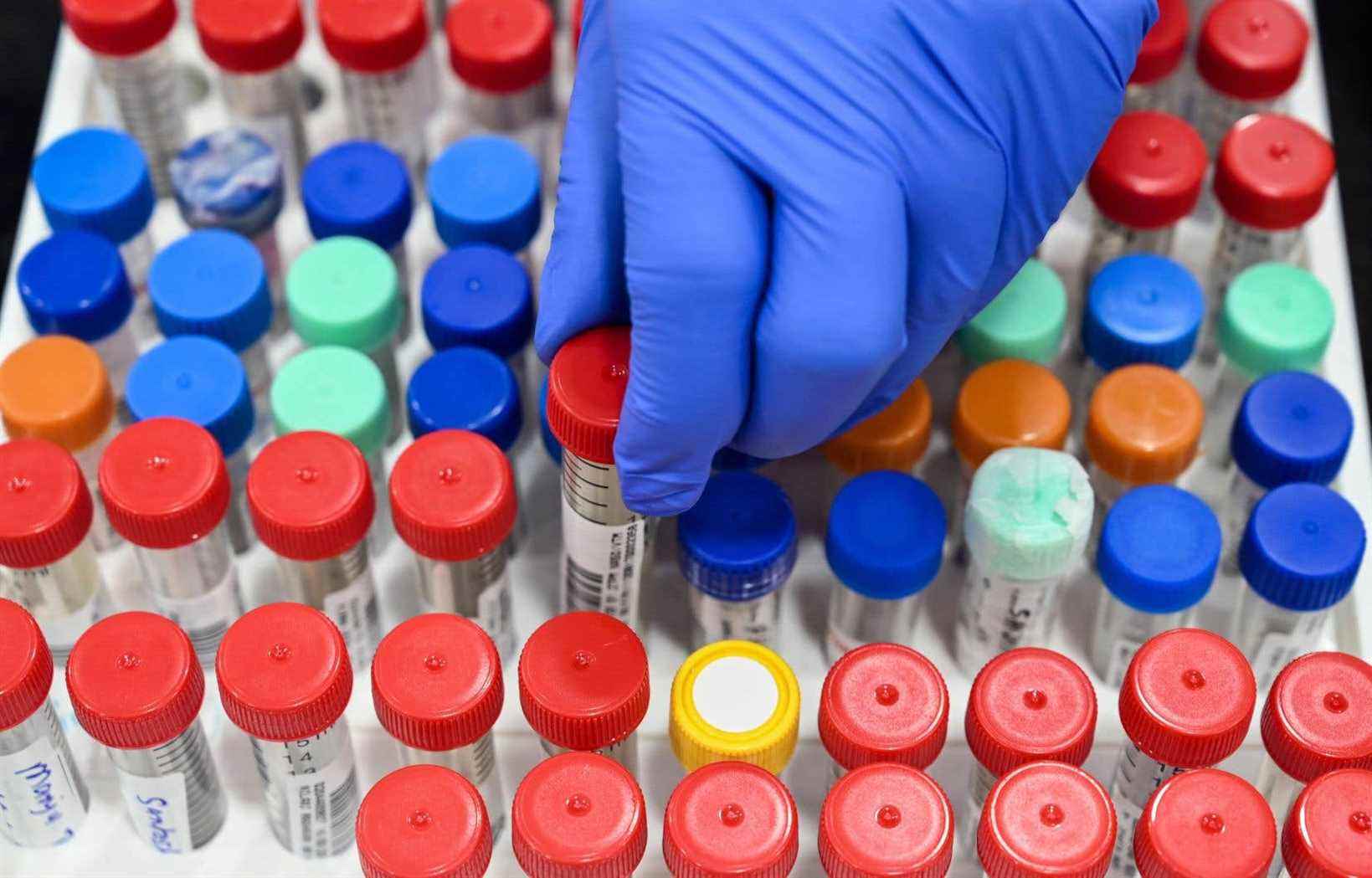Carried by the sixth wave and the very contagious variant BA.2, the number of infections in Quebec would have oscillated between 24,000 and 32,000 new cases per day last week, marking a jump of more than 35% in one week.
These new figures compiled over the past few hours by the CIRANO research group of the University of Montreal, obtained by The dutymake it possible to more accurately measure the magnitude of the sixth wave that is currently hitting Quebec.
These indicators confirm a marked increase in cases of infection over the past two weeks. The National Institute of Public Health of Quebec (INSPQ) officially decreed the start of a sixth wave on Wednesday at the end of the day.
“Our estimate is that there were at least 24,000 people per day who contracted COVID, confirmed by a PCR or rapid test, in Quebec last week, and up to 32,000 if we includes self-diagnostics. Regardless of the indicators used, the increase is seen in all age groups”, explains Professor Roxane Borgès Da Silva, from the School of Public Health at the University of Montreal, a member of this research group which is surveying a representative sample of 3,000 people each week.
These recent data, which estimate more than 220,000 new infections last week, were presented Wednesday evening to the Ministry of Health and Social Services. This threshold of infections is equivalent to the one that prevailed at the end of January, beginning of February, just after the huge wave generated by the BA.1 sub-variant of Omicron during the Holidays.
Minted in the region
The same data confirms a very high transmission rate in the regions most spared last January, particularly in eastern and northern Quebec (Bas-Saint-Laurent, Côte-Nord, Gaspésie–Îles-de-la-Madeleine) , where the number of infections is now approaching the peak reached in the month of January.
According to indicators from the CIRANO group, in these regions, between 5% and 6% of respondents contracted COVID last week, nearly double observed in the greater Montreal area. The incidence of infections would hover around 4% in the regions of central Quebec (Chaudière-Appalaches, Mauricie, Estrie and Capitale-Nationale). Although these data should be interpreted with caution, they indicate a worrying trend in regions where health resources are easily compromised, says Ms.me Borges Da Silva.
In Bas-Saint-Laurent, a record 37 hospitalizations were recorded on Thursday, a level never reached since the start of the pandemic, and more than 300 employees are in isolation. “We have never had so many infected employees. Our ability to respond to needs is reduced, ”said the regional director of public health for Bas-Saint-Laurent, Dr.r Sylvain Leduc. “The virus is in all age groups, all walks of life, CHSLDs, RPAs. We have at least 4 to 5 times more cases than the 700 declared. This is not the time to organize dinners, but to get the third dose, ”he insists.
The region of 200,000 people recorded 15 deaths in March, compared to 21 for the entire island of Montreal, ten times more populated. Same portrait on the North Shore, where 53 patients were hospitalized for COVID on Thursday. “No MRC is spared, even isolated indigenous communities are affected for the first time,” said Thursday the Dr Richard Fachehoun, regional director of public health for the Côte-Nord.
In February and March, the region of 90,000 inhabitants had 23 deaths, almost as many as the Lanaudière region (26), home to 400,000 inhabitants. “It’s fragile, we have 182 employees in isolation, 75% more than on March 21. We ask citizens to help us, to limit their contacts, ”he said.
Quebec maintains its strategy
On Thursday, both the Minister of Health, Christian Dubé, and the acting national director of public health, Dr.r Luc Boileau, maintained that this increase was “planned” and that no tightening of sanitary measures is envisaged for the moment. “There is no reason at the moment to change the strategy. […] People must learn to live with the virus and continue to protect themselves,” said Minister Dubé, although worried about the situation in the region. As of Thursday, 10,000 healthcare workers were missing due to COVID-19, he said.
The lifting of the obligation to wear a mask, scheduled for April 15, could be delayed, suggested the Dr Boileau, who will base his recommendations on the ability of citizens to reduce their contact to slow the course of the highly contagious BA.2.
This decision surprises Roxane Borgès Da Silva, who believes that the government underestimates the fact that the immunity conferred by a third dose or by an infection with BA.1 during the Holidays is on the way to falling in many people. . “Yes, vaccination rates are good, and a lot of people have had COVID. But being infected with BA.2 is possible, despite a prior infection with BA.1,” she says, fearing the impact on a network already weakened to the maximum. The National Institute of Excellence in Health and Social Services (INESSS) predicts that within two weeks, Quebec could have 200 new hospitalizations per day.
Good news, however, the INSPQ unveiled a study on Thursday showing that the general lethality linked to a COVID-19 infection fell from 10.1% to 0.5% between the first and the fifth wave. The risk of death among those over 80 infected has fallen from 37% during the first wave to 6.5% today and it has fallen by half among those who are hospitalized. A spectacular improvement attributable to vaccines, to the variants in question, but also to the improvement of care and the wearing of a mask, which reduces the degree of infection linked to the virus, recalls the DD Rodica Gilca, author of the study. “It’s hard to say what will happen for the sixth wave. The death rate is expected to remain low. But if there are a lot of infections like in January, in absolute numbers, we could inevitably observe an increase in deaths. »
